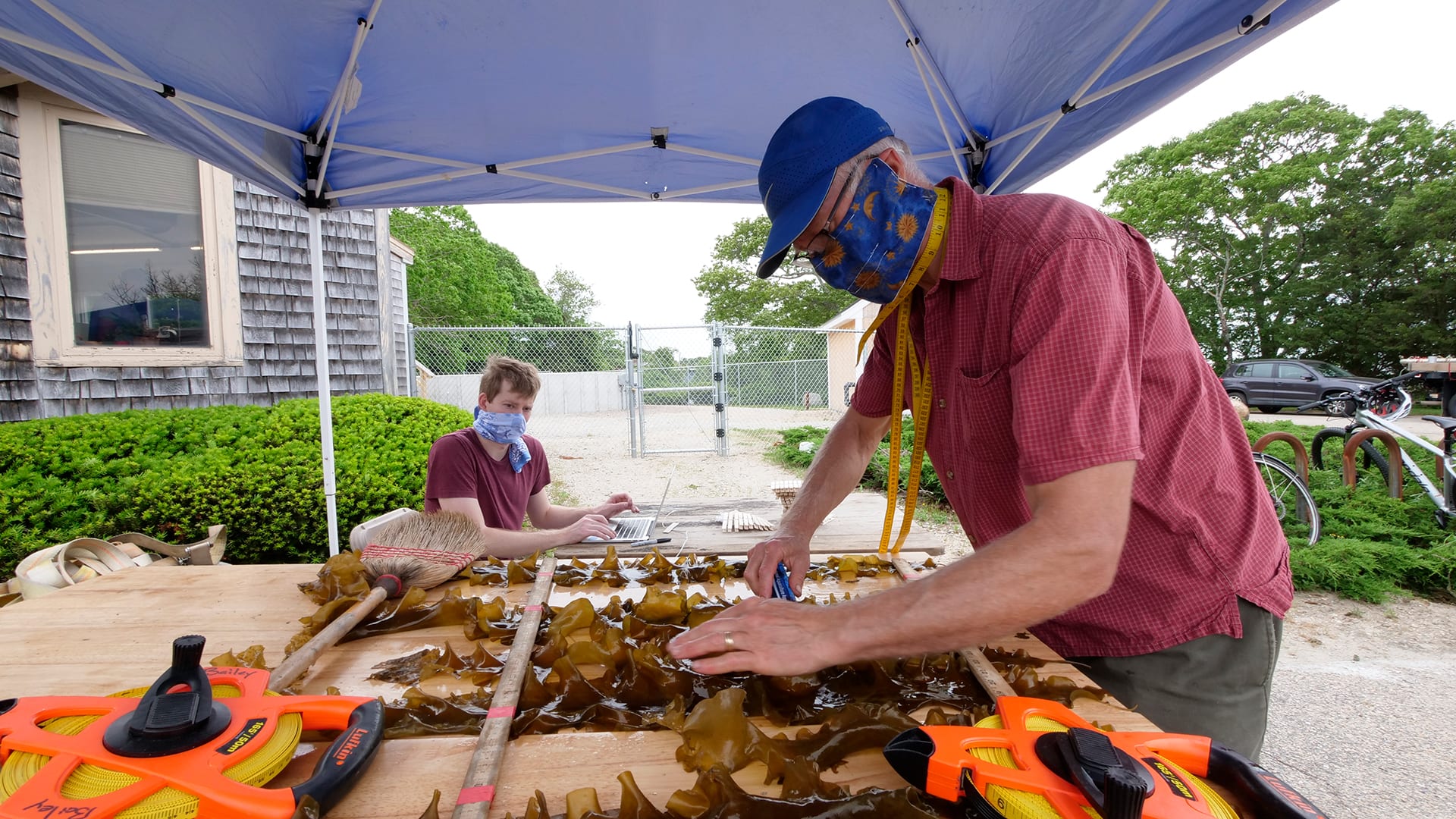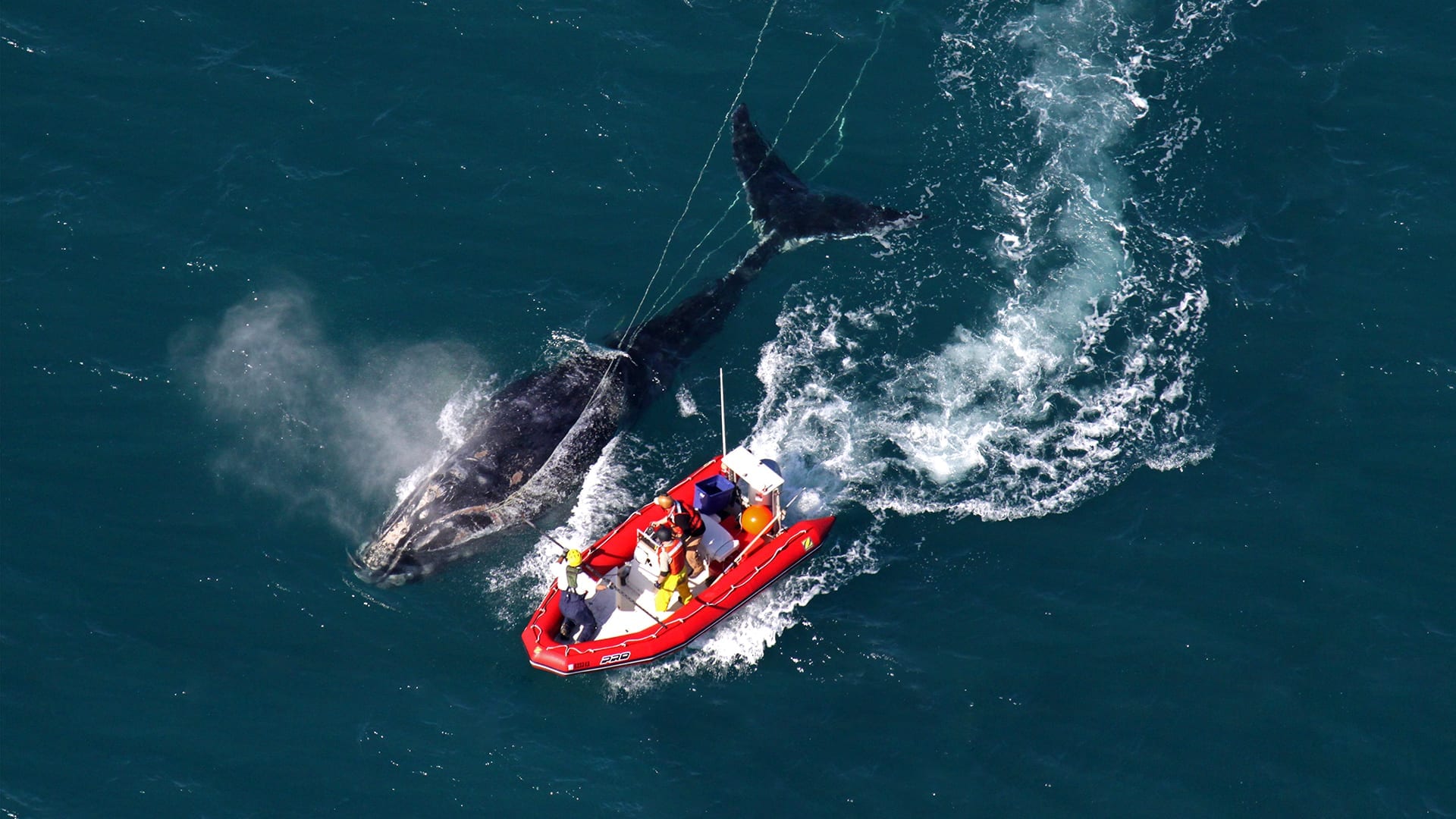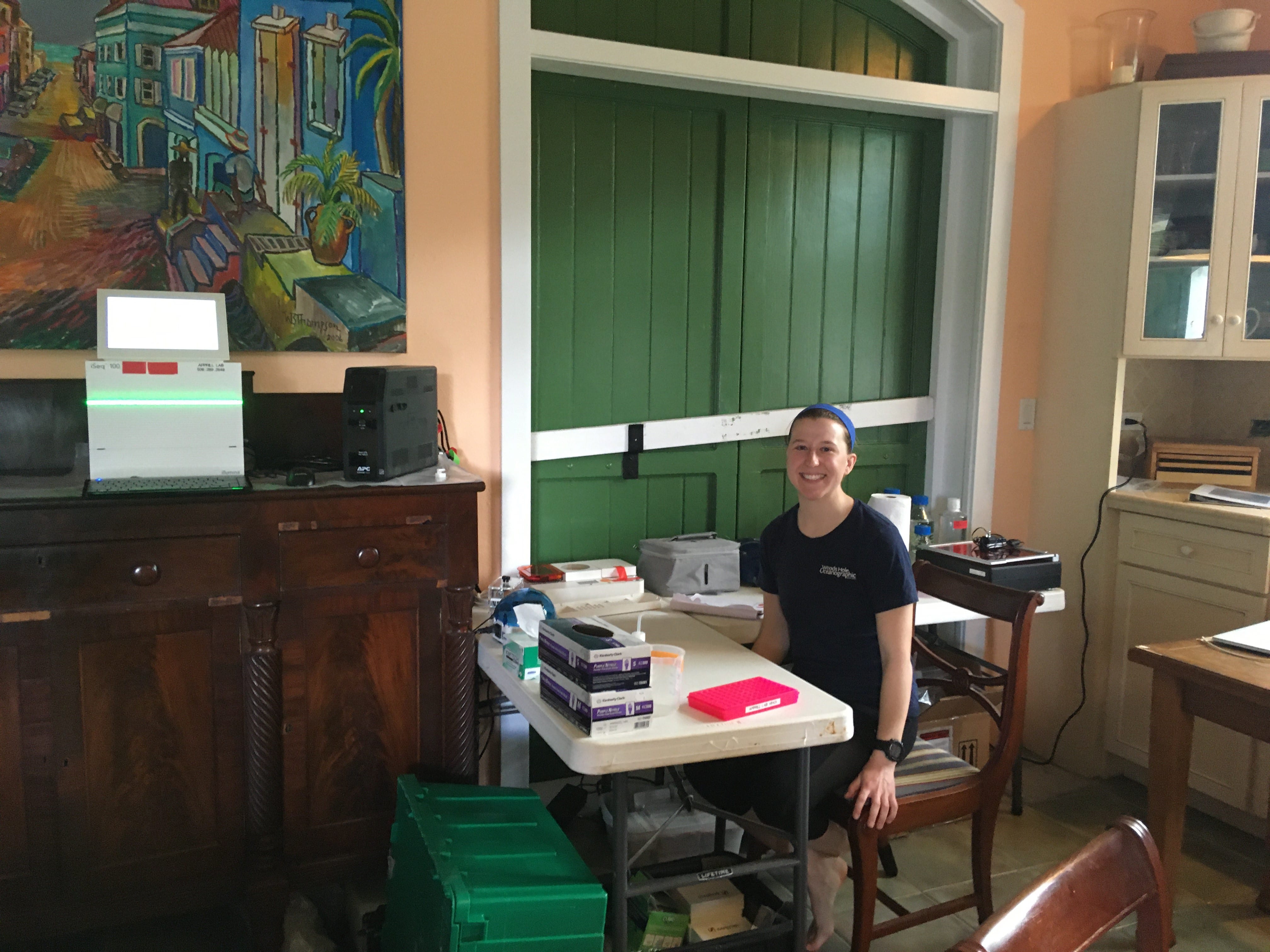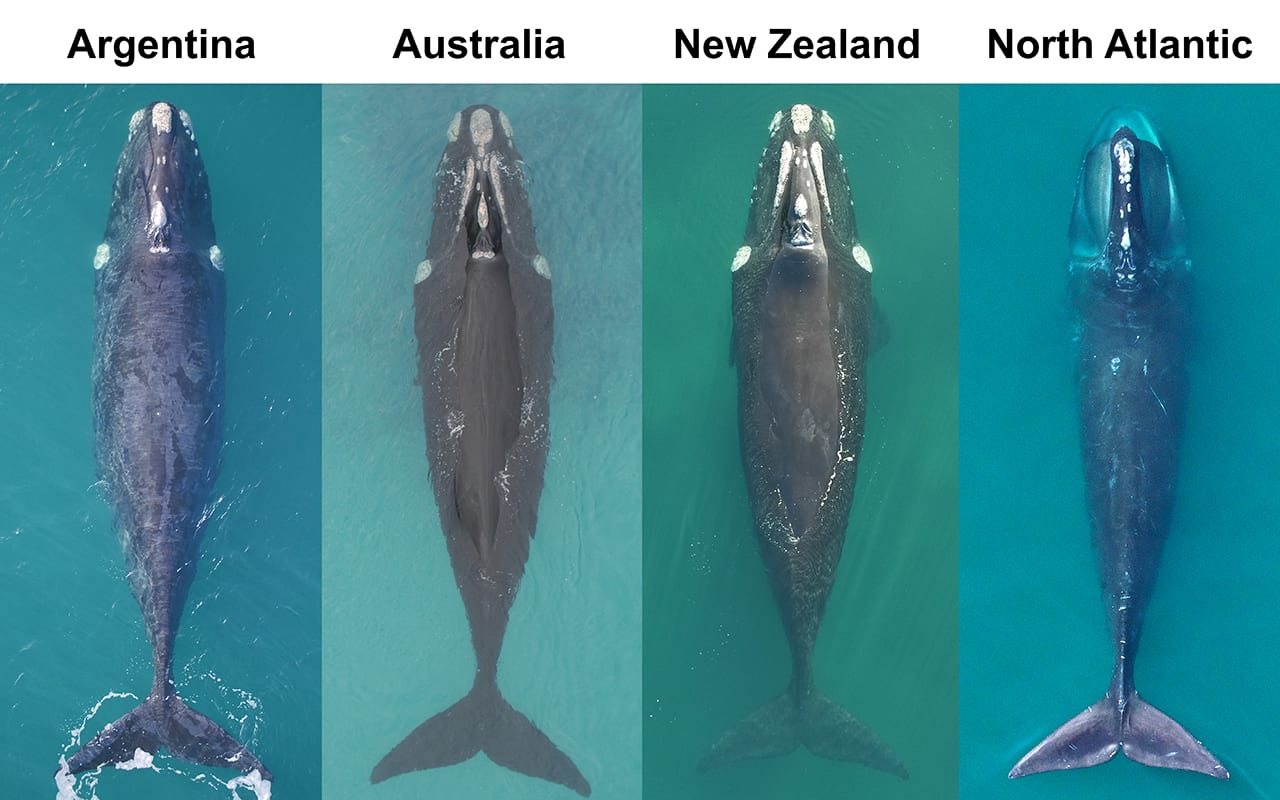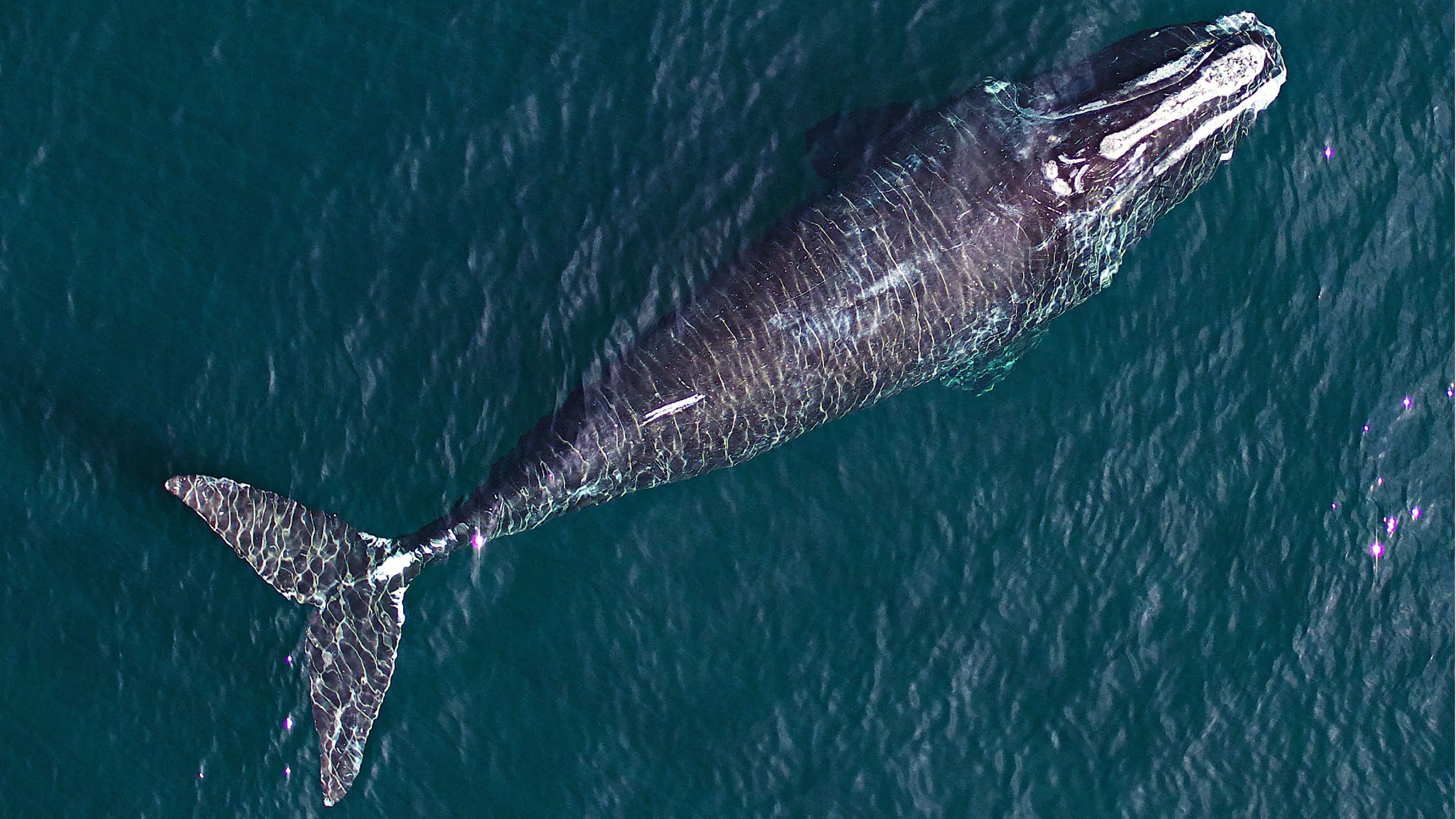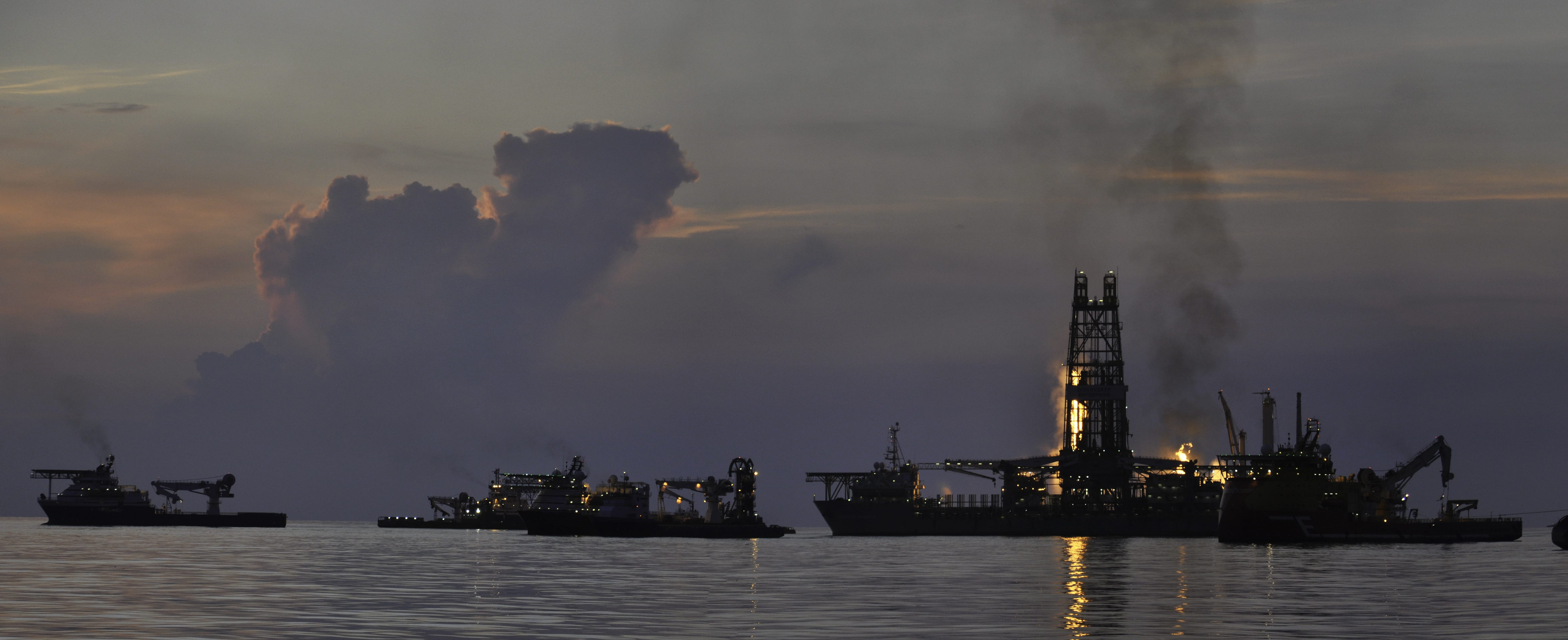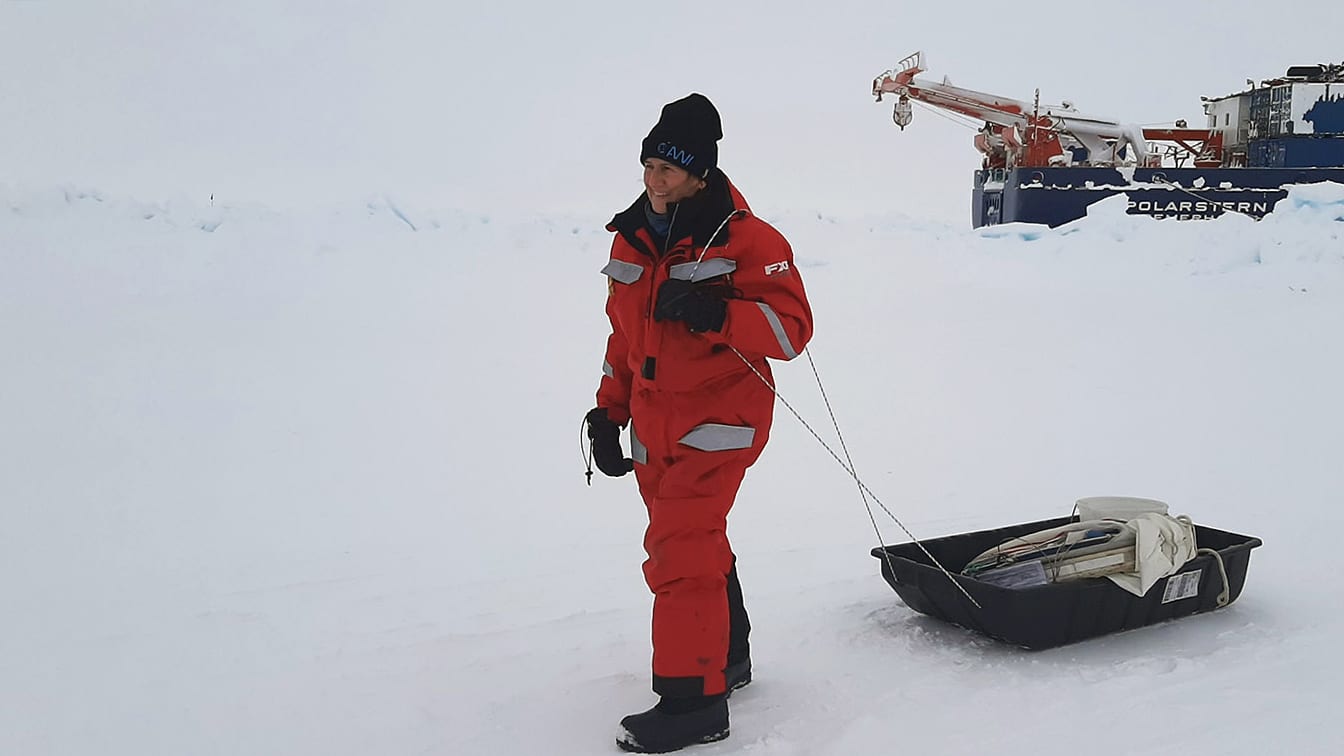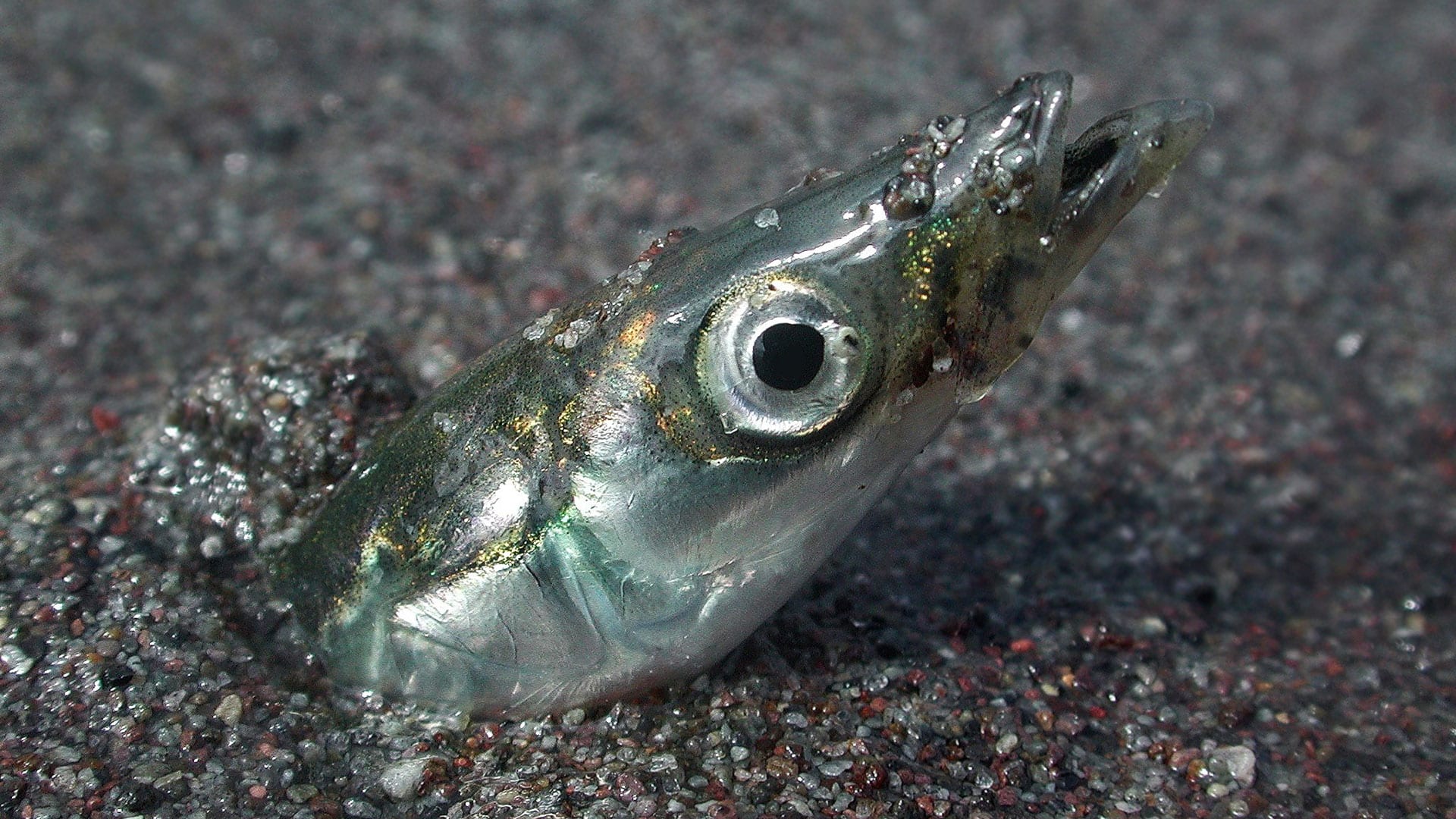Biology
Working from Home: Scott Lindell
Though pandemic slows countless research projects, kelp breeding program can’t stop. A WHOI community rallies to help Scott Lindell and his lab sort over 2,200 blades.
Read MoreScientists are trying to save coral reefs. Here’s what’s working.
Without a mix of long-term cuts in emissions and short-term innovation, there’s a not-so-far-off future where coral reefs as we know them simply cease to exist, says Anne Cohen, a…
Read MoreFishing less could be a win for both lobstermen and endangered whales
A new study found that New England’s historic lobster fishery may turn a higher profit by operating with less gear in the water and a shorter season, which could also benefit endangered North Atlantic right whales.
Read MoreNorth Atlantic right whales ‘could be extinct within 20 years’ as krill they eat migrate away due to climate change and commercial fishing impacts their habitat
A comprehensive new study of North Atlantic right whales has found the species is significantly smaller and less healthy than southern right whales and could be wiped out in the…
Read MoreLab shutdowns enable speedier investigation of coral disease
Despite labs shutting down due to the COVID-19 pandemic, WHOI microbiologists are working fast to solve a different kind of outbreak—one travelling below the ocean’s surface and ravaging coral reefs from Florida to the Caribbean.
Read MoreThe Last Place on Earth We’d Ever Expect to Find Life
Microbial life, almost unbelievably resilient, abides in boiling hot springs and bone-dry deserts, in pools of acid and polar ice, kilometers up into the sky and kilometers below the ocean…
Read MoreKillifish Hint at Genetic Basis for Human Toxicant Susceptibility
Killifish populations have adapted to survive and reproduce in polluted waters. Researchers have studied the evolutionary and genetic basis for this adaptation, discovering that it comes with a cost.
Read MoreNASA Scientists train in Nevada Desert to remotely control Mars Perseverance Rover
Covid-19 Forces Spring Science Field Work to Go Fallow
Carin Ashjian, a senior scientist at WHOI, was one of 97 scientists and crew members aboard a German oceanographic research vessel that has been deliberately stranded in Arctic Sea ice…
Read MoreEndangered North Atlantic right whales return to Canadian waters
For North Atlantic right whales as individuals, and as a species, things are going terribly wrong,” said Michael Moore from the Woods Hole Oceanographic Institution.
Read MoreIn another significant ruling for right whales, a federal judge rules that Massachusetts is violating the Endangered Species Act
Michael Moore, director of the Marine Mammal Center at WHOI, lauded the ruling, saying the “judge understands the simple truth that if there is rope in the water column, and…
Read MoreNorth Atlantic right whales are in much poorer condition than their Southern counterparts
New research by an international team of scientists reveals that endangered North Atlantic right whales are in much poorer body condition than their counterparts in the southern hemisphere.
Read MoreWHOI joins effort to accelerate marine life protection technology
WHOI has teamed up with Greentown Labs and Vineyard Wind to launch the Offshore Wind Challenge. The program, which is also partnering with New England Aquarium, calls on entrepreneurs to submit proposals to collect, transmit, and analyze marine mammal monitoring data using remote technologies, such as underwater vehicles, drones, and offshore buoys.
Read MoreWhat did scientists learn from Deepwater Horizon?
Ten years after the Deepwater Horizon explosion caused the largest accidental marine oil spill in history, WHOI marine geochemists Elizabeth Kujawinski and Christopher Reddy review what they— and their science colleagues from around the world—have learned.
Read MoreSummer’s coming: Will Cape Cod beaches be safe?
Beach parking lots across Cape Cod are closed to reduce the spread of COVID-19. As summertime approaches, will the beach crowds that normally show up after Memorial Day will be staying away this year? WHOI microbiologist Amy Apprill weighs in.
Read MoreUpper Cape Perspectives On Earth Day Shift Amid A Silent Spring
“I think Earth Day has always been an opportunity to celebrate the environment around us and how we can take action,” said Judith McDowell, a scientist at the Woods Hole…
Read MoreImagining Home: scientist’s stay in the Arctic extended by coronavirus
WHOI biologist Carin Ashjian is aboard the icebreaker Polarstern in the Arctic as part of the year-long MOSAiC research expedition. She should be almost home by now. Instead, her stay has been extended by COVID19.
Read MoreKatharine, the Great White Shark Who Ghosted Her Trackers, Resurfaces
Simon R. Thorrold, a senior scientist in the biology department at WHOI in Falmouth, Mass., said it was “not crazy surprising” that a signal was picked up.
Read MorePop-up pots and the search for ‘whale-safe’ gear
Mark Baumgartner, associate scientist at the Woods Hole Oceanographic Institute, has talked about the entanglement issue with Porter and believes ropeless fishing can work, and that it may be the…
Read MoreNow you see me, now you don’t
Marine biologists tackle an unsettling mystery surrounding sand lance–eel-like, dive-bombing fish that have become a cornerstone forage species for a wide range of marine animals in the Gulf of Maine and northwest Atlantic Ocean.
Read MoreInstitutes Team Up To Deliver New Graduate Field Course
A partnership between BIOS and two Massachusetts-based institutions was strengthened with the addition of a new microbial oceanography course.
Read MoreSnapping Shrimp Pump Up the Volume in Warmer Water
As the ocean warms because of climate change, the louder din could mask other marine animals’ calls used to navigate, forage, and find mates.
Read MoreShrimp May Make Ocean Louder in Warming Climate
Small snapping shrimp make big noises and scientists from the Woods Hole Oceanographic Institution say the tiny crustaceans could make the ocean louder as it warms. Here’s why.
Read MorePlastics’ impact on oceans under scrutiny
“We have an opportunity now, where there is public awareness,” said Mark Hahn, a senior scientist at the Woods Hole Oceanographic Institution. “They (plastics) don’t belong there (in the ocean).”
Read More
